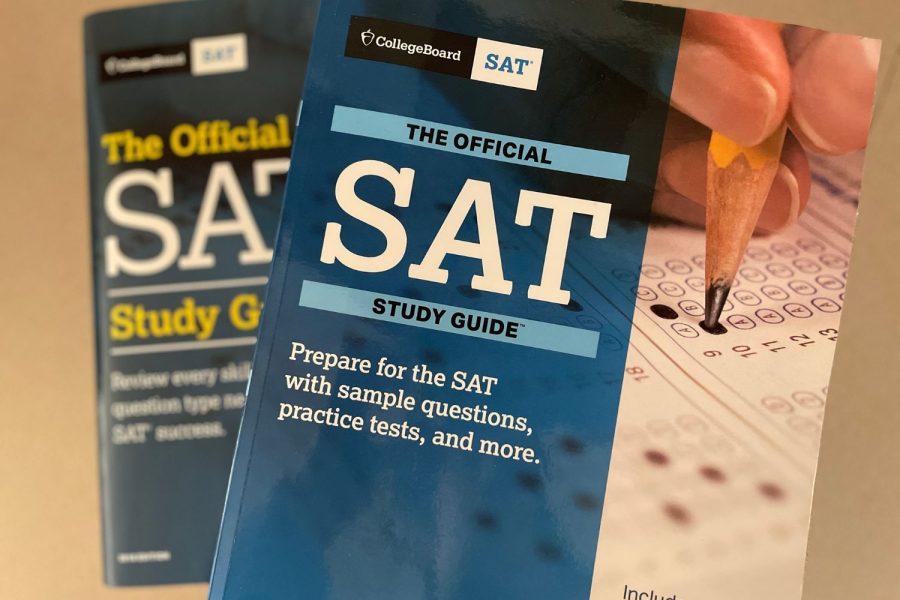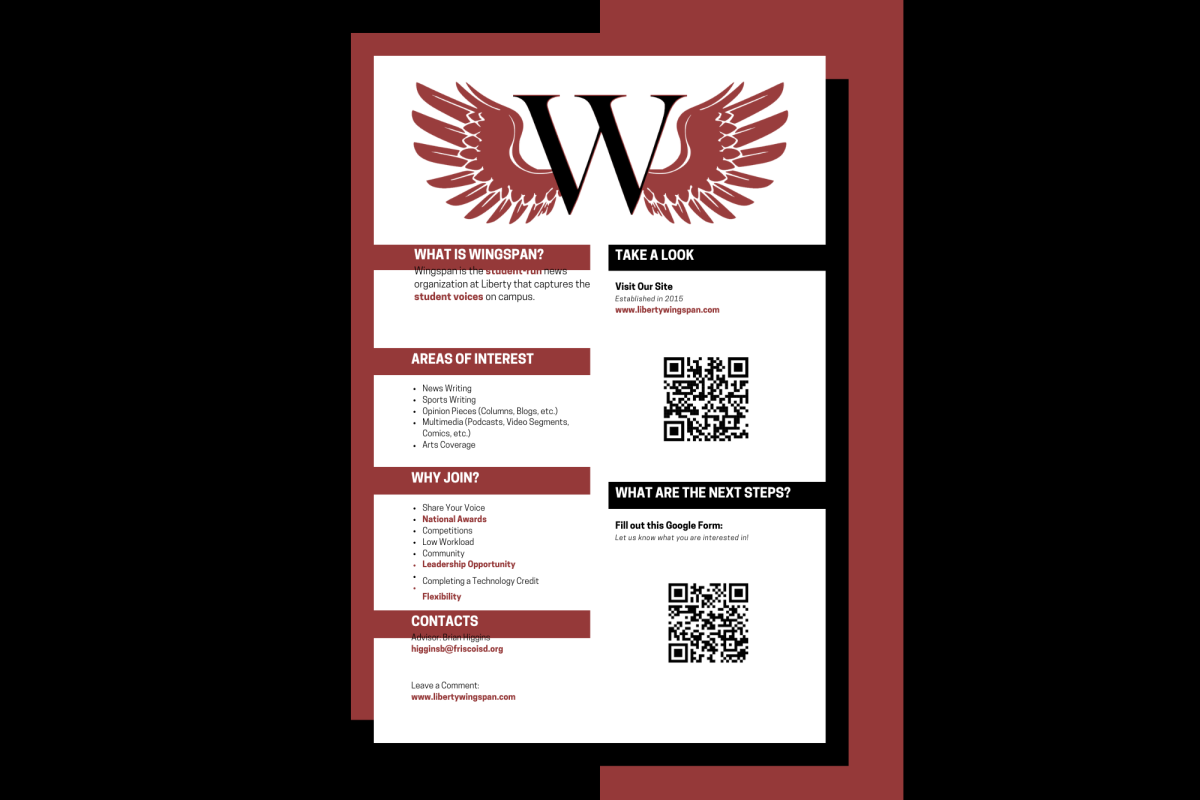Nearly a month later, students who took the digital SAT at school on March 6 will finally be able to access their scores on CollegeBoard starting Thursday at 5 p.m. For many students, taking the test digitally, the very first time it has ever been administered that way, proved to be a significantly different experience than the paper-based assessment.
“I think the biggest differences between the new and old SAT format is the content and the adaptability,” junior Kush Kaur said. “The new SAT has either really easy or really hard questions, while the old SAT had a spectrum. The new SAT also gives you harder questions if you do well on the first module for each section.”
In addition to the content of the test, many students also found the change in timings between the two formats significant.
“There are a lot of differences between the old and new sat formats, as the timing has changed and the format for the reading has completely changed as well,” junior Riya Sharma said. “Furthermore, the sections changed to two reading & writing and two math, when previously there was one for reading, one for writing, and two for math.”
For many teachers and proctors, the change to digital testing seems to have a largely positive effect, with benefits outnumbering drawbacks.
“I enjoy the fact that I am not having to keep up with a large stack of things prior, during and after,” teacher Jill Bradshaw said. “The test login sheets are simple single sheet papers, instead of the big test booklet like before. We still have to read certain guidelines and directions, but the majority is read by the students. And lastly, since each SAT is individually timed, I do not have to worry about missing the ‘5-minute left for this section’ reminders. The only downside I could see is that technology can be uncertain at times.”
But for students, the drawbacks tend to be more numerous, especially when it comes to doing math problems digitally.
“I find it hard to do certain types of math problems on the online SAT,” Kaur said. “For example, solving geometry or trigonometry questions take significantly longer because I have to redraw diagrams so I can understand the program, which takes away time from other questions. I’ve also noticed that the wording in harder SAT math problems can be confusing at times. I wish the questions were more straightforward so I do not have to spend time trying to understand what it is asking for.”
Additionally, many students feel that the adaptive nature of the test is a drawback, disliking how performance in one module can dictate the outcome of the next.
“I do not like the fact that the first module dictates the scoring process, and that the second module’s difficulty changes due to the first module score,” Sharma said. “To me, standardized testing should be more uniform throughout.”
Yet, despite the drawbacks, students feel that the digital version of the assessment proves to be a pleasant change from the paper test, especially due to the shortened timing.
“I personally loved the new SAT format!” Sharma said. “I was previously struggling a lot with the paper SAT, so unlike many of my friends who were proficient at the paper SAT, I was able to quickly and efficiently adapt to the new one. Also, because the test time is lower, I feel less burnt out after taking the test, which is amazing.”
Furthermore, many teachers feel that digitizing the SAT is a step towards effectively preparing students for their future and achieving the future ready goals that many, like the district, hold.
“I do believe students will benefit from the new format,” Bradshaw said. “Digital assessments are becoming mainstream, as we can already see in many of our classes with Canvas and AP Classroom, so having the practice now will help them in the future.”











